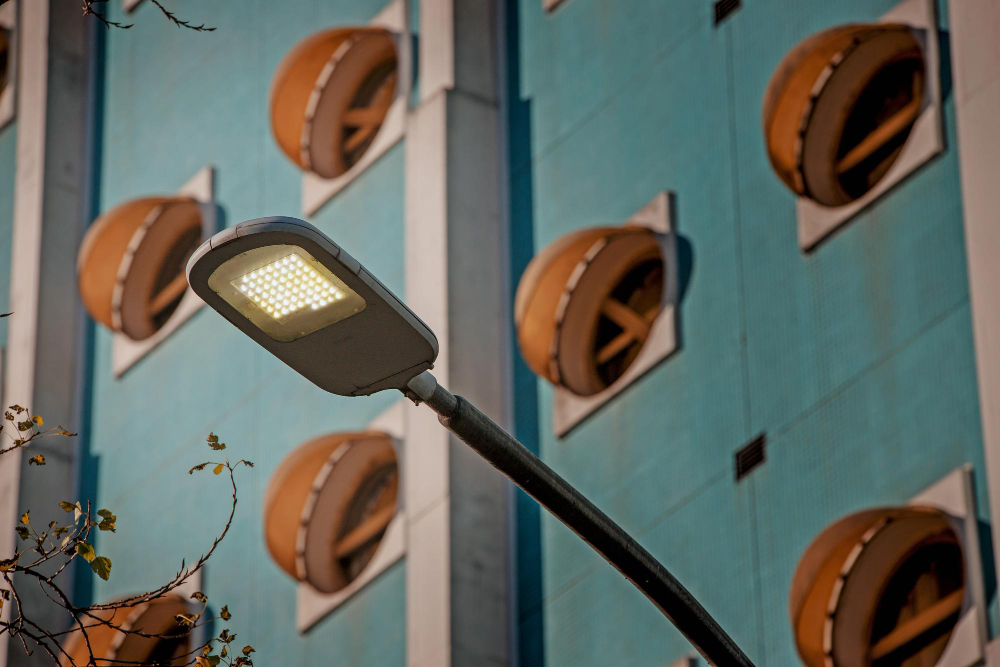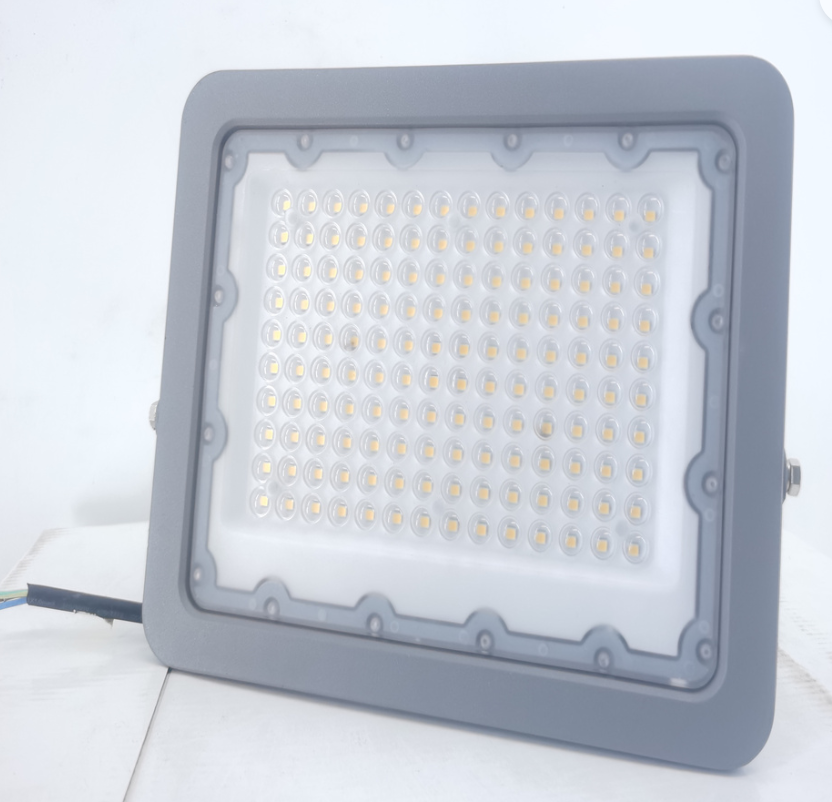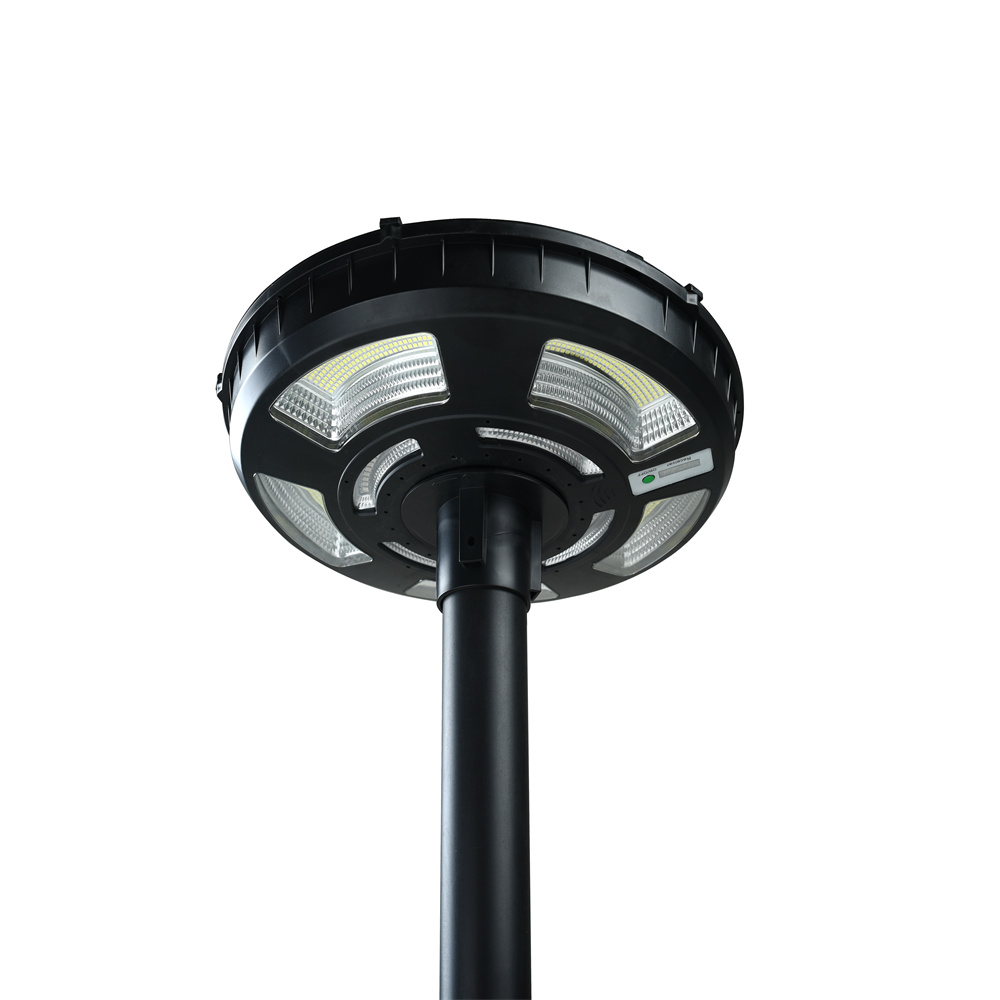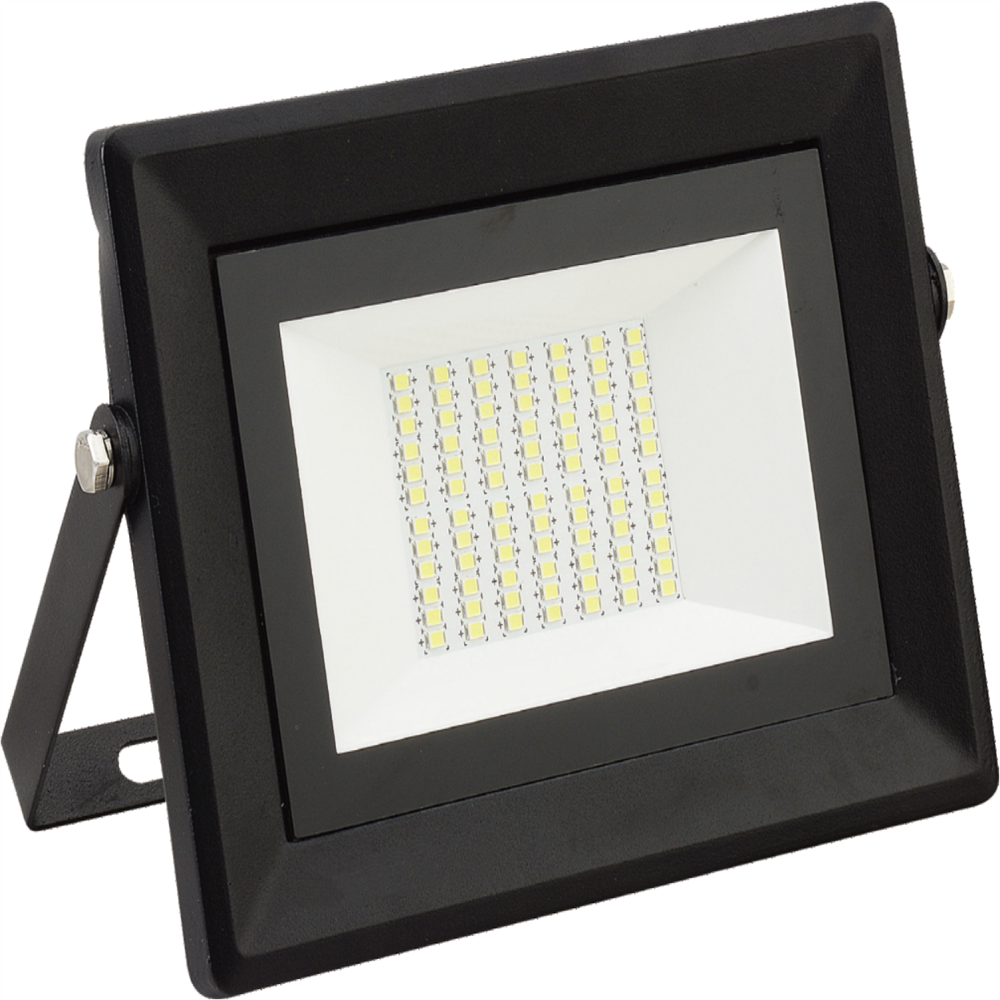In the ever-evolving landscape of lighting technology, the debate between LED solar lights and traditional fluorescent lights is gaining traction. As environmental concerns and energy efficiency take center stage, individuals and businesses are faced with the decision of whether to adopt solar-powered LED lights or stick with fluorescent options. This comparison explores key aspects such […]
In the ever-evolving landscape of lighting technology, the debate between LED solar lights and traditional fluorescent lights is gaining traction. As environmental concerns and energy efficiency take center stage, individuals and businesses are faced with the decision of whether to adopt solar-powered LED lights or stick with fluorescent options. This comparison explores key aspects such as cost, efficiency, lifespan, and the worthiness of replacing fluorescent tubes with LED alternatives.
Solar Powered LED lights, powered by photovoltaic cells, have emerged as an eco-friendly and energy-efficient lighting solution. These lights utilize solar panels to convert sunlight into electricity during the day, storing it in rechargeable batteries to illuminate outdoor spaces during the night. The solar-powered LED light has gained popularity for its ability to reduce electricity consumption, operating costs, and environmental impact.
LED vs. Fluorescent: Cost Considerations
Is It Worth Replacing Fluorescent Tubes with LED?
The question of whether it’s worth replacing fluorescent tubes with LED alternatives often centers around cost. While the initial investment in LED technology can be higher, the long-term savings in energy consumption and maintenance costs make it a financially sound decision. As technology advances and LED prices continue to decrease, the cost barrier becomes less of a deterrent, making the transition more appealing.
Fluorescent vs. LED Cost:
Comparing the costs of fluorescent and LED lights involves considering both initial expenses and long-term operational costs. Fluorescent lights may be cheaper initially, but they consume more energy and have a shorter lifespan than LED lights. When factoring in energy savings, reduced maintenance, and longer lifespans, the overall cost-effectiveness of LED lights becomes evident.
Efficiency and Lifespan: LED Lights Take the Lead
Fluorescent Light vs. LED Efficiency:
LED lights outperform fluorescent lights in terms of efficiency. LEDs emit light through a process called electroluminescence, which is more energy-efficient than the phosphorescent process used in fluorescent lights. LED lights convert a higher percentage of electricity into visible light, resulting in less wasted energy and greater overall efficiency.
Lifespan of a Fluorescent Tube:
One of the critical factors favoring LED lights is their longer lifespan compared to fluorescent tubes. Fluorescent lights typically last around 10,000 to 15,000 hours, while LED lights boast a lifespan of 25,000 to 50,000 hours or more. The longer lifespan of LED lights reduces the frequency of replacements, contributing to lower maintenance costs and less environmental waste.
Fluorescent vs. LED Tubes: A Comparative Analysis
LED tubes have gained popularity as replacements for traditional fluorescent tubes due to their superior performance and energy efficiency. LED tubes consume less energy, produce less heat, and contain no hazardous materials like mercury, which is present in fluorescent tubes. The switch to LED tubes results in lower operating costs and a reduced environmental impact.
Strip Lights Fluorescent:
Fluorescent strip lights, commonly used in various settings, can be effectively replaced with LED strip lights. LED strip lights offer improved energy efficiency, longer lifespans, and a variety of color options, making them a versatile and eco-friendly choice for both residential and commercial applications.
LED vs. Fluorescent Light Bulbs: The Final Verdict
LED light bulbs surpass fluorescent light bulbs in nearly every aspect, including energy efficiency, lifespan, and environmental impact. LED bulbs are mercury-free, instantaneously reach full brightness, and are available in a range of color temperatures. The superior performance of LED light bulbs makes them the preferred choice for individuals and businesses aiming to reduce energy consumption and enhance lighting quality.
In conclusion, the comparison between LED solar lights and fluorescent lights highlights the numerous advantages of adopting LED technology. The cost-effectiveness, energy efficiency, longer lifespan, and environmental benefits make LED lights, whether solar-powered or not, a compelling choice for those seeking sustainable and efficient lighting solutions. As technology continues to advance, the adoption of LED lights is expected to grow, further solidifying their position as the preferred choice for both residential and commercial lighting needs.











